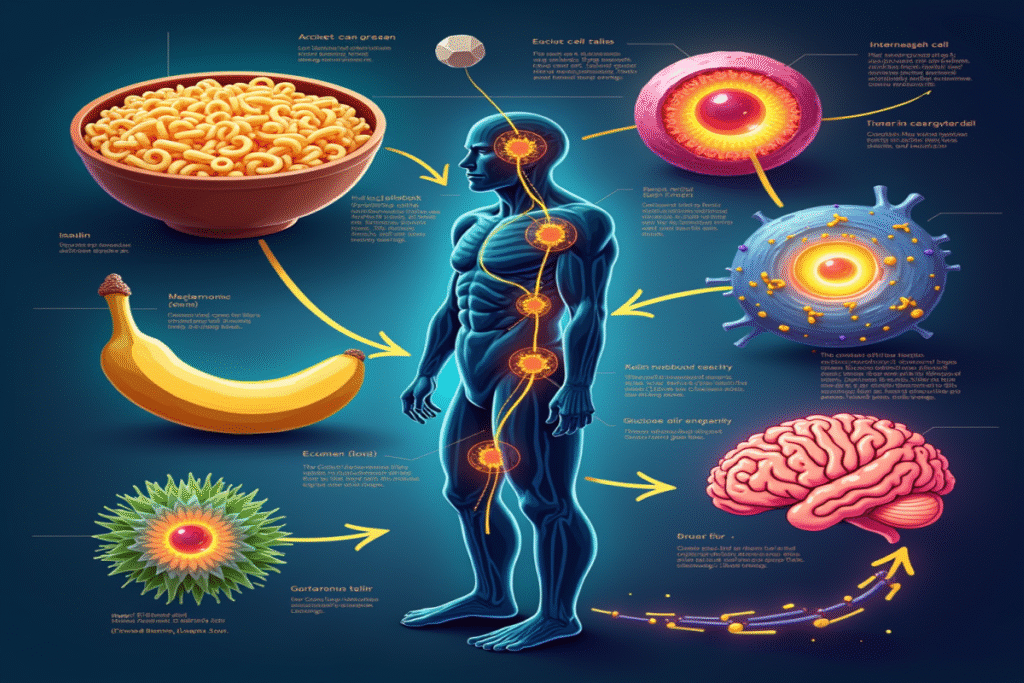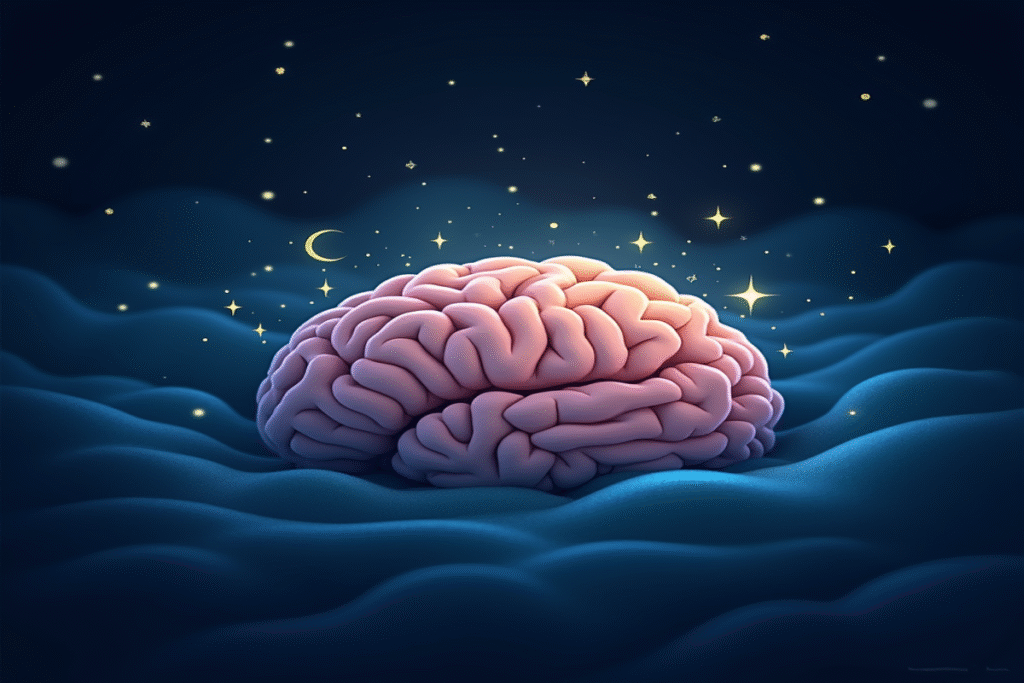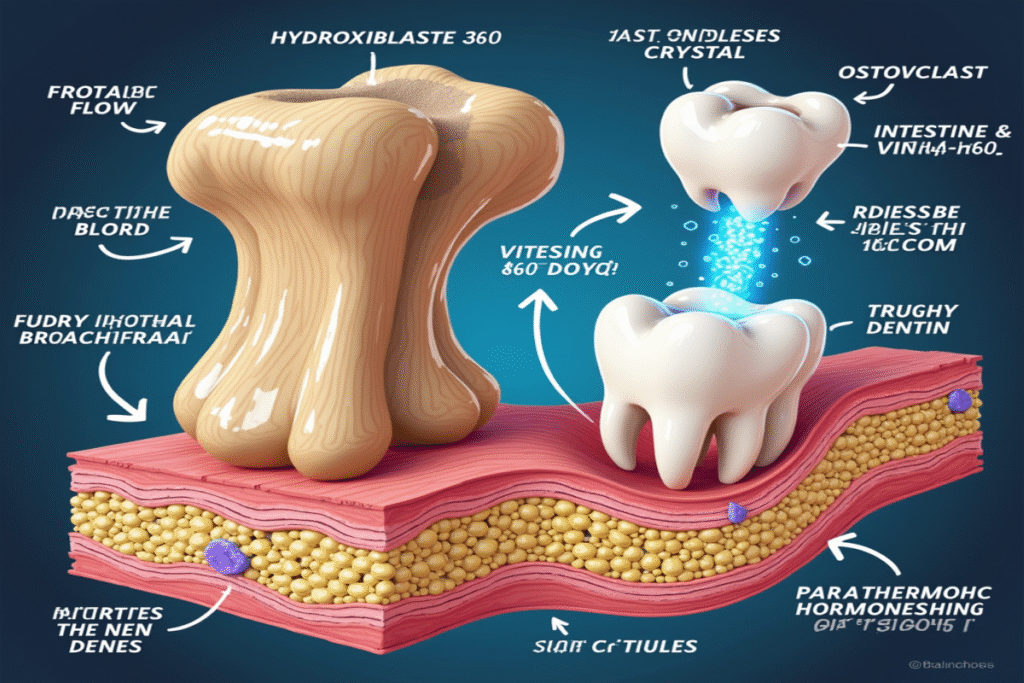Have you ever wondered how your brain transforms the flat images from your eyes into a rich, three-dimensional world? It’s a superpower we take for granted every day, but the science behind depth perception is nothing short of miraculous.
The Magic of Two Eyes Working Together
Your eyes are spaced about 2.5 inches apart, and this small distance makes all the difference in how you perceive the world. Each eye captures a slightly different image, and when your brain combines these two perspectives, something amazing happens – you get stereopsis, the perception of depth.
This remarkable process is called binocular vision, and it’s the same principle used in classic 3D glasses with red and blue lenses. Each lens filters a slightly different image, mimicking what your eyes naturally do.
The Brain’s Incredible 3D Rendering Engine
Your visual cortex performs instantaneous, complex calculations to merge these two slightly different images. This unconscious process happens faster than you can blink, transforming flat inputs into a world with height, width, and – most importantly – depth.
Even more fascinating, your brain is constantly adjusting its depth perception based on your movement and the movement of objects around you. It’s like having a supercomputer dedicated to spatial awareness running all the time.
One-Eyed Depth Perception: Yes, It’s Possible!
Even people with vision in only one eye can perceive depth through monocular cues. Your brain is sophisticated enough to gather depth information from:
- Motion parallax – Objects move at different speeds based on their distance (closer things appear to move faster)
- Relative size – Your brain knows a car isn’t suddenly tiny; it’s just far away
- Texture gradient – Surfaces look more detailed up close and less detailed at a distance
- Linear perspective – Parallel lines appear to converge in the distance (think of railroad tracks)
- Occlusion – When one object blocks another, you know which is closer
The Evolutionary Advantage
Depth perception evolved as a critical survival tool. Our primate ancestors needed to accurately judge distances to leap between branches, catch food, and avoid predators. Those with better depth perception had a higher chance of survival and passed these genes down to us.
Interestingly, predatory animals typically have forward-facing eyes for better depth perception, while prey animals often have eyes on the sides of their heads to detect danger from all directions – sacrificing some depth perception for a wider field of view.
Fascinating Depth Perception Facts
Did you know:
- Babies aren’t born with fully developed depth perception. It develops gradually over the first few months of life.
- Your depth perception can be temporarily affected by alcohol, certain medications, and fatigue.
- The brain can be “tricked” into perceiving depth where none exists – the foundation of many optical illusions.
- Some people have exceptionally strong stereo vision – depth perception abilities far beyond the average, allowing them to see tiny differences in depth most people miss.
- Without depth perception, simple tasks like pouring water into a glass would be surprisingly challenging!
The Limits of Human Depth Perception
Beyond about 200 feet (around 60 meters), binocular depth perception becomes less effective. That’s why distant mountains appear as flat layers rather than fully three-dimensional objects. At these distances, your brain relies more heavily on monocular cues.
This limitation explains why pilots train extensively to judge distances – they can’t rely solely on natural depth perception when landing aircraft.
Depth Perception in the Modern World
Our understanding of depth perception has revolutionized entertainment and technology. 3D movies, virtual reality, and augmented reality all use the principles of binocular vision to create immersive experiences.
Next time you watch a 3D movie or put on a VR headset, you’re experiencing technology designed to tap into your natural depth perception systems – creating artificial worlds that your brain processes as having real depth.
Testing Your Own Depth Perception
Want to experience the power of stereopsis firsthand? Try this simple experiment: Hold a pencil in each hand at arm’s length. Close one eye and try to touch the tips of the pencils together. It’s surprisingly difficult! Open both eyes and the task becomes much easier – that’s your depth perception at work.
This simple test shows why tasks requiring precise hand-eye coordination, from threading a needle to performing surgery, rely so much on our amazing ability to perceive depth.
The next time you catch a ball, walk down steps without looking, or simply marvel at a beautiful landscape, take a moment to appreciate the extraordinary neural machinery that transforms two flat images into your rich, three-dimensional experience of the world.





